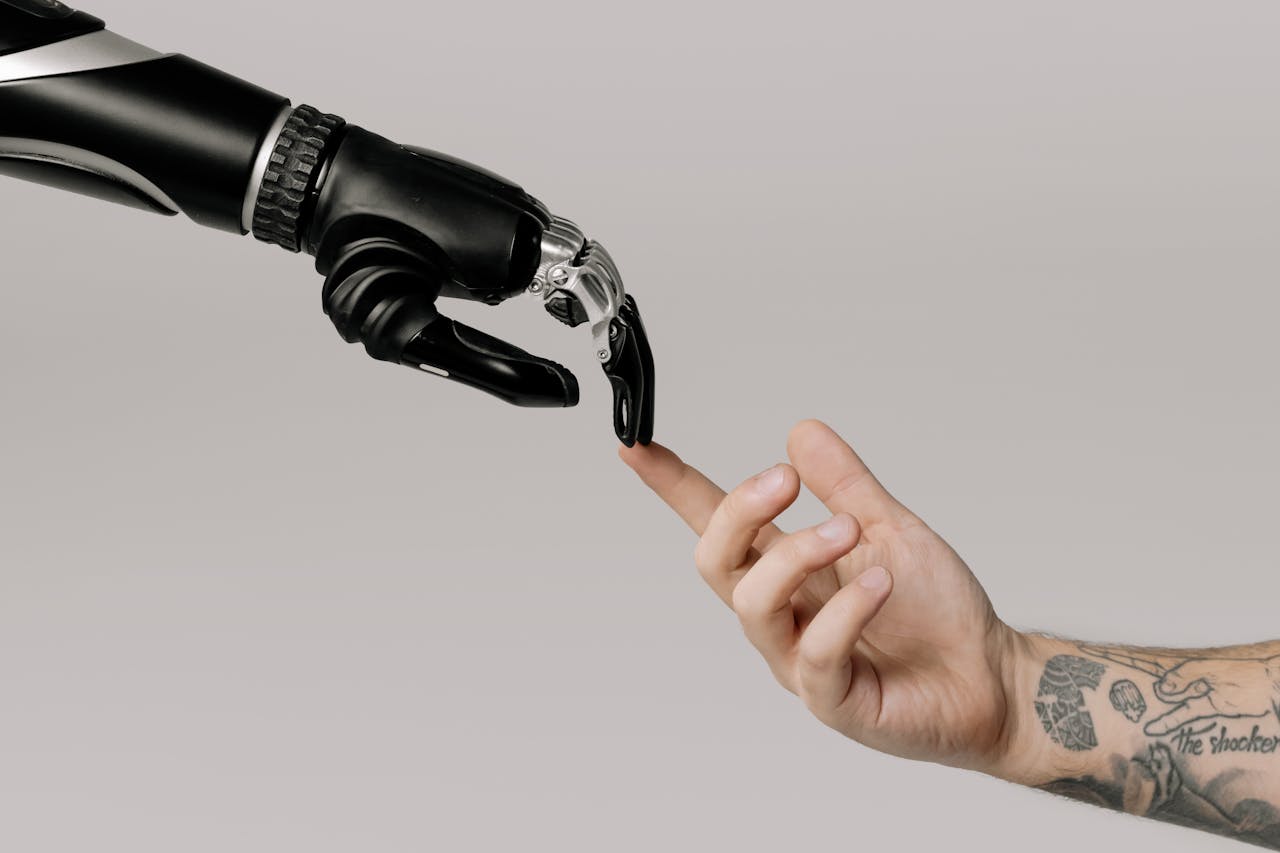Have you ever been so engrossed in a story that you lost track of time? Maybe it was a novel that kept you up past midnight, a movie that left you speechless, or your uncle’s wild tale about wrestling a bear (which, let’s be honest, probably didn’t happen). Stories have this magical ability to suck us in and make the world fade away. But what’s the secret sauce? Why do we humans crave a good yarn? Buckle up, because we’re about to unpack the art of storytelling and how you can master it yourself.
Why Storytelling Matters
Storytelling isn’t just a fun pastime; it’s baked into our DNA. From cavemen scribbling on walls to TikTokers spinning 15-second dramas, stories have been how we connect, learn, and make sense of life. They’re the glue of human culture. Ancient myths explained why the sun rises, fairy tales taught us not to trust wolves in grandma’s clothing, and today’s viral tweets can start revolutions. Stories shape who we are and how we see the world. Pretty cool for something that often starts with “Once upon a time,” right?
The Many Faces of Storytelling
Stories come in all shapes and sizes, evolving with the tools we’ve got:
- Oral Storytelling: Picture a tribal elder by a fire, spinning tales of gods and monsters. It’s how we kept history alive before pens were a thing.
- Written Storytelling: Scrolls, books, blogs—you name it. Writing lets stories travel across centuries and continents.
- Visual Storytelling: Paintings, plays, Netflix binges. Adding visuals cranks up the emotional oomph.
No matter the medium, a story’s job is the same: hook you, hold you, and leave you thinking.
The Building Blocks of a Great Story
Every killer story has four key ingredients. Miss one, and it’s like baking a cake without sugar—technically edible, but nobody’s happy.
- Characters: The folks (or critters, or droids) we root for. They need to feel real—flawed, hopeful, messy. Think of Frodo Baggins, a hobbit who’d rather nap than save Middle-earth, yet we love him anyway.
- Plot: The what-happens-next bit. It’s got a start (meet the hero), a middle (stuff gets wild), and an end (phew, it’s over). Simple, but it’s gotta flow.
- Setting: Where and when the magic happens. A foggy Victorian street beats “somewhere, sometime” any day. Paint it vivid—make us smell the rain.
- Conflict: The juicy part. No struggle, no story. It could be a dragon to slay or a breakup to survive. Conflict keeps us glued.

Take Cinderella: she’s our downtrodden hero (character), stuck in a fairy-tale kingdom (setting), battling her nasty stepmom (conflict), and climbing from rags to riches (plot). Boom—classic.
Tips to Tell Your Own Epic Tale
Want to spin a story that sticks? Here’s your cheat sheet:
- Hook ‘Em Hard: Start with a zinger. A question (“Ever met a ghost?”), a wild fact (“She survived on rainwater for 72 days”), or a banger line (Dickens nailed it with “It was the best of times, it was the worst of times”).
- Make Characters Pop: Give them quirks, fears, dreams. A detective who hates coffee? Now I’m listening.
- Plot Like a Pro: Set the stage, throw in a problem, then solve it. Don’t ramble—nobody cares about the hero’s sock collection unless it’s cursed.
- Paint the Scene: Use words that sing. “The wind howled” is fine; “The wind screamed like a banshee through the shattered pines” is better.
- Stir Up Trouble: Conflict is your friend. Writing a mystery? Check out this guide on how to write a mystery novel for tips on twists and suspense.
Practice these, and you’ll have folks begging for chapter two.
Storytelling Goes High-Tech
The digital age is shaking up how we tell tales. Virtual reality drops you inside the story—imagine dodging arrows in a medieval siege. Interactive games let you pick the ending. Social media spins micro-stories in 280 characters.

Even AI’s jumping in, helping writers brainstorm or draft. (Shameless plug: try this AI script writer free to whip up dialogue faster than you can say “writer’s block.”) Tech’s not replacing the human touch—it’s just giving us shinier toys.
Where Storytelling’s Headed
The future’s wild. Picture augmented reality tales where holograms haunt your living room, or AI stories that tweak themselves based on your mood. Will books go extinct? Nah—there’s something eternal about cracking a spine or swiping a screen. But the ways we share stories? They’re only getting weirder and cooler.

